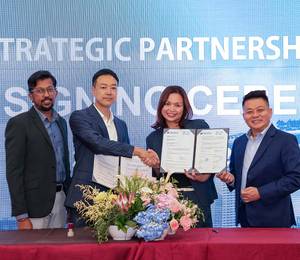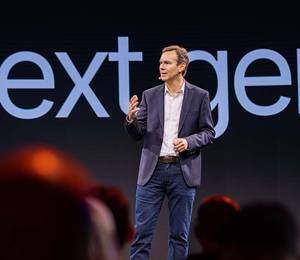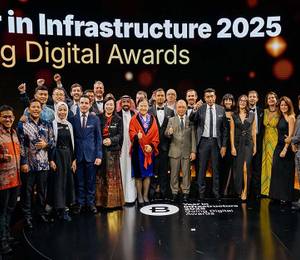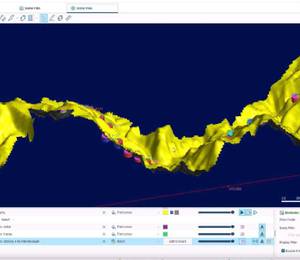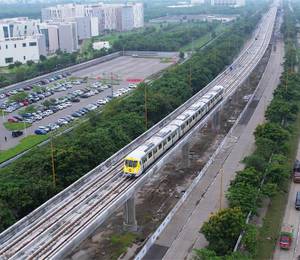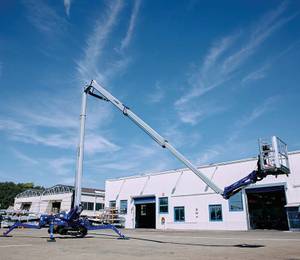In 2016, Nanyang Technological University (NTU) launched the Renewable Energy Integration Demonstrator – Singapore (REIDS) project to build eight hybrid microgrids that will be used for studying, testing and demonstrating the integration of solar, wind, diesel, storage, waste-to-energy and power-to-gas technologies. The initiative, which is set to be the largest multi-microgrid test and research platform in Southeast Asia, aims to address the need for better and more affordable energy access that is suitable for the region’s tropical climate.
French utility company Electricite de France (EDF) partnered with NTU to set up a research department on Semakau Island, Singapore, and build one of the four microgrids that will also be hosted in the area. The facilities were built and located offshore to minimise the hazards and risks of being in the highly populated areas of Singapore’s mainland.
As NTU had already appointed Aurecon to develop the overall microgrid infrastructure on the island, EDF further commissioned Aurecon to deliver the mechanical and electrical design services for its microgrid. This microgrid will serve as a test bed for renewable energy that combines solar photovoltaic (PV) panels, wind turbines, and other new sophisticated technologies.
According to Aurecon, it was a challenge to deliver the complex design of the microgrid within an accelerated timeframe, in time for EDF to showcase its technologies and equipment at the Singapore International Energy Week (SIEW) in 2018. The company said that unlike other facilities that are connected to one central power source, EDF’s microgrid will be generating power from different renewable sources and thus, required a comprehensive design that would ensure the safety of the people and the facility.
To achieve this, Aurecon closely collaborated with EDF and NTU to develop a power system with a bi-directional setup, which would enable the microgrid to work on its own and function as a larger interoperable resource simultaneously. In addition, the project team collaborated closely with EDF, ensuring their design complied with local codes and regulations in Singapore; in addition to regular inspections, testing and commissioning.
Completed in October 2018, the EDF’s microgrid joins REIDS’ network of microgrids on Semakau Island - an innovation that, once proven successful, can be adopted by other archipelagic countries in Southeast Asia as an alternative mode of energy.


